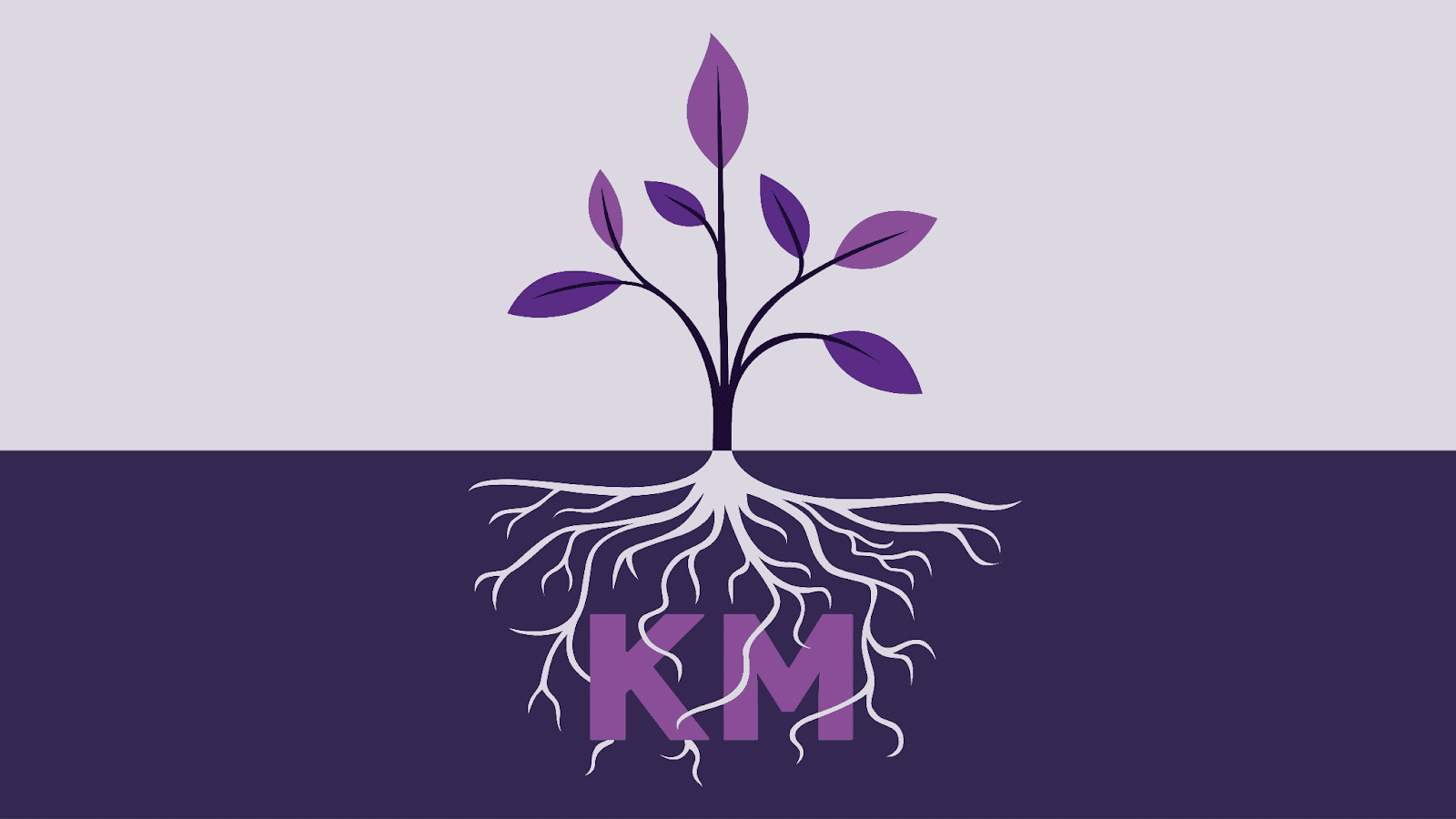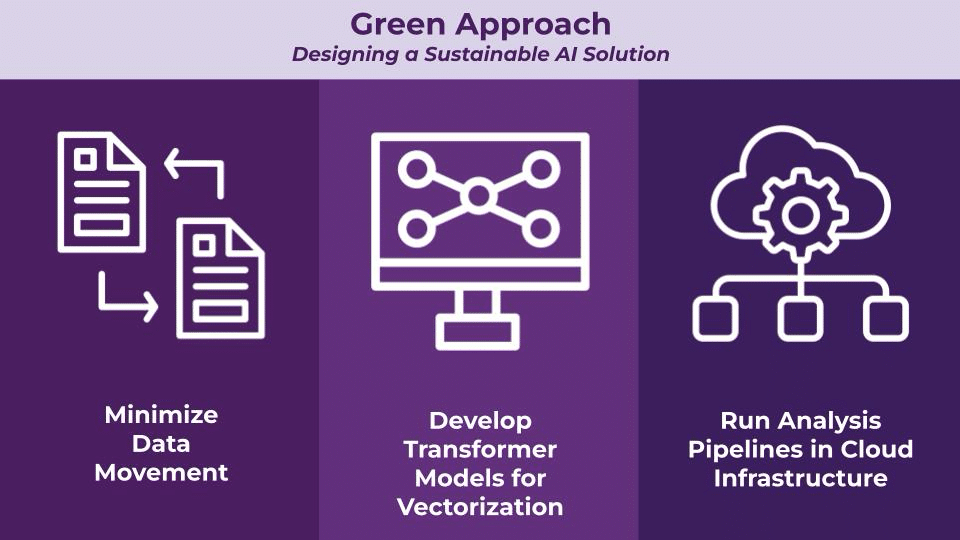Sustainability is becoming increasingly important to businesses’ fiscal outcomes. Sustainability is the practice of enhancing environmentally-friendly practices in an organization, such as by reducing energy consumption or water usage. Today’s consumers value sustainability as a core principle when making purchasing decisions. When Generation Z and Millennial customers believe that a brand cares about its impact on the environment and people, they are 27% more likely to purchase from that brand than older generations are, according to Harvard Business Review. Implementing eco-friendly practices can help organizations appeal to this demographic, substantially increasing their potential revenue.
Sustainable organizations are also more internally efficient. In a UCLA study of over 5,000 companies, environmental economists found that organizations that voluntarily adopt international “green” practices and standards have employees who are, on average, 16% more productive. And technological solutions, when paired with knowledge management (KM) practices, can create new pathways to grow sustainability at your organization.
KM can be used to achieve sustainability while simultaneously developing an organization’s technical capabilities. Our clients have used a variety of KM practices to become more sustainable, including:
- Pruning back the scale of content;
- Rooting sustainable practices in user behavior by promoting environmentally-conscious practices;
- Sprouting a green system by optimizing computational pipelines; and
- Leveraging semantics so they don’t miss the forest for the trees.
In this blog, I will discuss how EK has used these techniques to help three different organizations achieve their sustainability goals.

Technique 1: Prune Back the Scale of Content
Unsure about how content is affecting your organization’s carbon footprint? Consider the scale of your content. Content increases carbon emissions because of the energy required to create, store, and access the materials. A higher volume of content necessitates more energy—thus generating more carbon emissions—to utilize.
Removing duplicate content can also benefit organizations financially. Since organizations experience per-gigabyte (GB) data expenses, duplicate content can become costly, especially considering their deteriorative effect on overall data quality. If a file exists in multiple versions with different editors, it is nearly impossible to discern which file is the most up-to-date. An organization could easily rely on the wrong file for information, reducing accuracy and efficiency.
Pruning back the scale of content benefits organizations from both a financial and environmental lens. Investigating the scale of asset libraries is a first step in this process, which can be performed by using semantic applications.
Technique in Action: Investment and Insurance CompanyWhen an investment and insurance company found that their search experience consistently produced outdated or inaccessible results, they engaged EK to improve it. EK conducted a content analysis by assessing the organization’s content against six evaluation parameters that revealed which content was out-of-date. Additionally, EK provided the client with an enterprise taxonomy that would support immediate use cases and future-oriented applications of the search infrastructure. Through this approach, EK both improved their search experience and built an automated content audit capability that decreased their carbon footprint. At the end of the engagement, the organization was able to identify that about 45% of their content was obsolete or outdated. Using this data, our client could locate and remove unnecessary information, thus decreasing their carbon footprint with minimal human effort. |
Technique 2: Root Sustainable Practices in User Behavior
Users at an organization can inadvertently perpetuate an unsustainable content culture. Duplicate content most commonly emerges when employees save multiple copies of the same file to their devices, construct new files to replace forgotten ones, or use separate files for different document versions. Users may not consciously perpetuate these practices; however, the effects are damaging. Saving and storing unnecessary content has significant environmental impacts as it collects over time, where storing hundreds of GBs of data can equate to large amounts of carbon dioxide released.
Adjusting user behavior can prevent the unnecessary collection of data. When organizations provide visibility to their employees on their individual carbon footprint, users become accountable for their own environmental efforts and naturally decrease any unsustainable behavior.
Technique in Action: Global Energy CompanyRecognizing the negative effects of having poor data, a global energy company partnered with EK to develop a “green” information management strategy that would adjust user behavior. EK identified the three most pressing challenges to producing a sustainable KM system at the organization:
To address these duplication-centric challenges, EK designed an AI-Powered Digital Carbon Footprint Calculator that would help employees conceptualize their individual impact on the organization’s carbon footprint. The application allowed employees to filter through their personal documents, find all of the places where they were stored, and see how much storage these documents occupied. Most critically, the dashboard provided real-time calculations of how much carbon dioxide was required to store an individual’s documents. When employees deleted their content, their carbon emissions decreased on the dashboard, giving them immediate feedback on their actions. EK also provided the organization with specialized recommendations for how this device could be enhanced in the future, such as periodically deleting forgotten duplicate documents so as to reduce employees’ carbon emissions automatically. |
Technique 3: Sprout a Green System Through the Optimization of Computational Pipelines
AI produces substantial environmental costs, through the electricity required to run data centers and the water necessary to cool them. Many organizations face a conflict between their desire to technologically mature by implementing AI, and their concern about the environmental impacts of doing so.
Organizations can mitigate the environmental impact of their AI use and corresponding carbon emissions by reducing the computing power used in AI. This can be accomplished by making thoughtful decisions when designing AI architecture. How data is stored and transferred, and where servers are located, can have small but meaningful impacts on the sustainability of an AI solution. Your choice of cloud architecture also matters: powering AI models with renewable energy can promote sustainability.

Technique in Action: Global Energy CompanyIn our engagement with the global energy company, EK used a green approach to design their AI-Powered Digital Footprint Calculator. Green information management is a strategic approach that emphasizes minimizing the environmental impacts of information-related processes within an organization. EK’s design included running analysis pipelines in cloud infrastructure in under-utilized regions or regions powered by renewable energy, using existing transformer models that required less storage space, and minimizing data movement to reduce energy consumption. The design features improved the sustainability of the AI approach. Sustainably designed AI can be used to decrease an organization’s carbon footprint. The global energy company used the AI-Powered Digital Footprint Calculator to identify duplicate content and evaluate options for handling it. The AI-Powered Digital Footprint Calculator was predicted to help the organization reach their 15% target deduplication rate, enabling them to remove over 34,000 kilograms of CO2 from the environment, the same as 20 flights from New York to London. This meant fewer storage costs, both financial and environmental, where the company would not only pay fewer annual fees on unnecessary storage needs but also reduce hundreds of tonnes of CO2 emissions annually. |
Technique 4: Leverage Existing Data So You Don’t Miss the Forest for the Trees
Some organizations may have already launched sustainability activities. However, these solutions may not be optimized to maximize environmental outputs. When information is inconsistently tagged, siloed, or forgotten, it becomes lost to the organization, hurting otherwise well-planned ecological efforts.
Organizations can maximize the effectiveness of their environmental campaigns by introducing technological solutions that promote visibility, insights, and accuracy about the ecological impact of their initiatives. Solutions such as a semantic layer can be leveraged to enhance organizational efficiency towards promoting sustainability.
Technique in Action: Global Management Consulting FirmA global management consulting firm worked with EK to uncover insights regarding environmental impacts from supply chain processes. Since this information was stored in disparate locations without a standardized vocabulary, it was challenging to identify patterns and thereby advise on sustainability solutions. Within the span of three months, EK provided the organization with our Knowledge Graph Accelerator model to create a semantic data layer and web application that connected consultants to relevant data from past projects. Using this tool, the consulting firm was able to advise on efficient measures that would limit environmental impact while optimizing cost. Consultants can leverage insights to provide clients with solutions that both generate profit and support sustainability. |
Conclusion
Sustainability has several benefits for an organization: it promotes productivity in the workforce, attracts high-quality employees, raises employee satisfaction overall, and increases the marketability of a company’s services. KM practices can help your organization achieve these outcomes while simultaneously reducing storage costs and streamlining client data.
Enterprise Knowledge possesses expertise in making technical solutions that are both mature and sustainable. Our use of semantic applications and green data practices has supported environmental initiatives for various clients, and can help your organization to reach ambitious sustainability goals as well. Contact us today if you would like assistance in using KM to become environmentally friendly as an organization.
